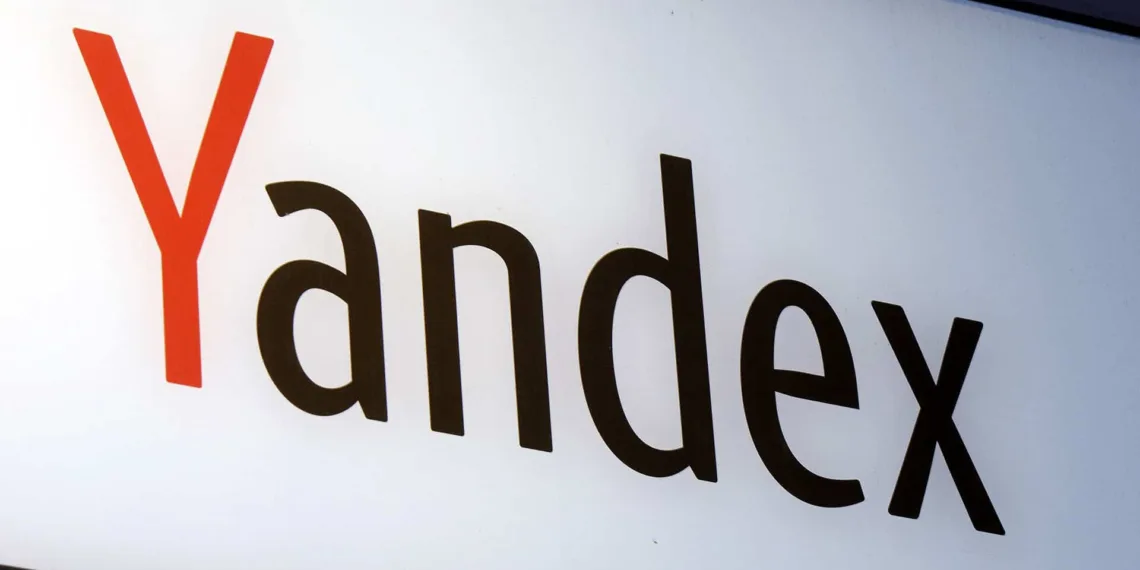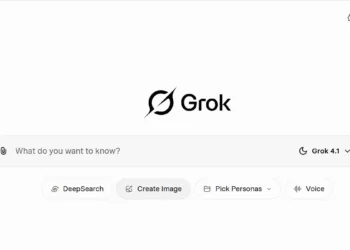In the ever-evolving landscape of artificial intelligence, the Yandex Research team, in collaboration with IST Austria, NeuralMagic, and KAUST, has introduced groundbreaking advancements in the compression of large language models (LLMs).
These innovations, known as Additive Quantization for Language Models (AQLM) and PV-Tuning, promise to drastically reduce model sizes while maintaining exceptional response quality. Presented at the prestigious International Conference on Machine Learning (ICML) in Vienna, Austria, these methods are set to redefine the efficiency and accessibility of AI technology.

Revolutionizing Large Language Models: Yandex Research Unveils AQLM and PV-Tuning
Unpacking AQLM and PV-Tuning
AQLM employs additive quantization, a technique originally designed for information retrieval, to compress LLMs without compromising their accuracy. This method allows for extreme compression, making it feasible to deploy powerful language models on everyday devices such as home computers and smartphones. AQLM significantly reduces memory consumption while preserving or even enhancing model performance.
PV-Tuning, on the other hand, addresses potential errors during the compression process. When used alongside AQLM, it ensures that compressed models remain highly accurate and efficient. The combination of these two methods results in compact models that deliver high-quality responses, even on limited computing resources.
Evaluating the Impact
The effectiveness of AQLM and PV-Tuning was rigorously tested on popular open-source models including LLama 2, Llama 3, and Mistral. Researchers compressed these models and assessed their performance against English-language benchmarks like WikiText2 and C4, maintaining an impressive 95% of answer quality, even with an eightfold reduction in model size.
Benefits for Developers and Researchers
The advantages of AQLM and PV-Tuning extend far beyond academic research. These methods offer substantial resource savings for companies developing and deploying proprietary language models and open-source LLMs. For instance, a Llama 2 model with 13 billion parameters can now run on just one GPU instead of four, significantly reducing hardware costs. This opens up new possibilities for startups, individual researchers, and AI enthusiasts to work with advanced LLMs on standard consumer hardware.
Expanding LLM Applications
With AQLM and PV-Tuning, it’s now possible to deploy sophisticated language models offline on devices with limited computing resources. This enables a plethora of new applications for smartphones, smart speakers, and other devices. Users can enjoy text and image generation, voice assistance, personalized recommendations, and real-time language translation without needing an active internet connection. Additionally, models compressed with these methods can operate up to four times faster, requiring fewer computations.
Accessible Implementation
Developers and researchers worldwide can access AQLM and PV-Tuning on GitHub, complete with demo materials that guide the effective training of compressed LLMs for various applications. Popular open-source models already compressed using these methods are also available for download, making it easier than ever to integrate this cutting-edge technology into real-world projects.
ICML Highlight
The research on AQLM, co-authored by experts from Yandex Research, IST Austria, and NeuralMagic, has been prominently featured at ICML, one of the world’s leading machine learning conferences. This work marks a significant advancement in LLM compression technology, offering a practical solution to the challenge of deploying large language models on consumer hardware.
By reducing the bit count per model parameter to just 2-3 bits and employing a representation-agnostic framework for fine-tuning, these methods set new benchmarks in model compression. AQLM and PV-Tuning enable researchers to achieve extreme compression while maintaining superior performance metrics, such as model perplexity and accuracy in zero-shot tasks.
Conclusion
The introduction of AQLM and PV-Tuning by Yandex Research and its collaborators represents a groundbreaking step in the field of AI. These methods not only optimize resource efficiency but also enhance the accessibility and application of large language models across various devices and platforms. As AI continues to evolve, innovations like these will play a crucial role in shaping the future of technology, making advanced AI tools available to a broader audience.








